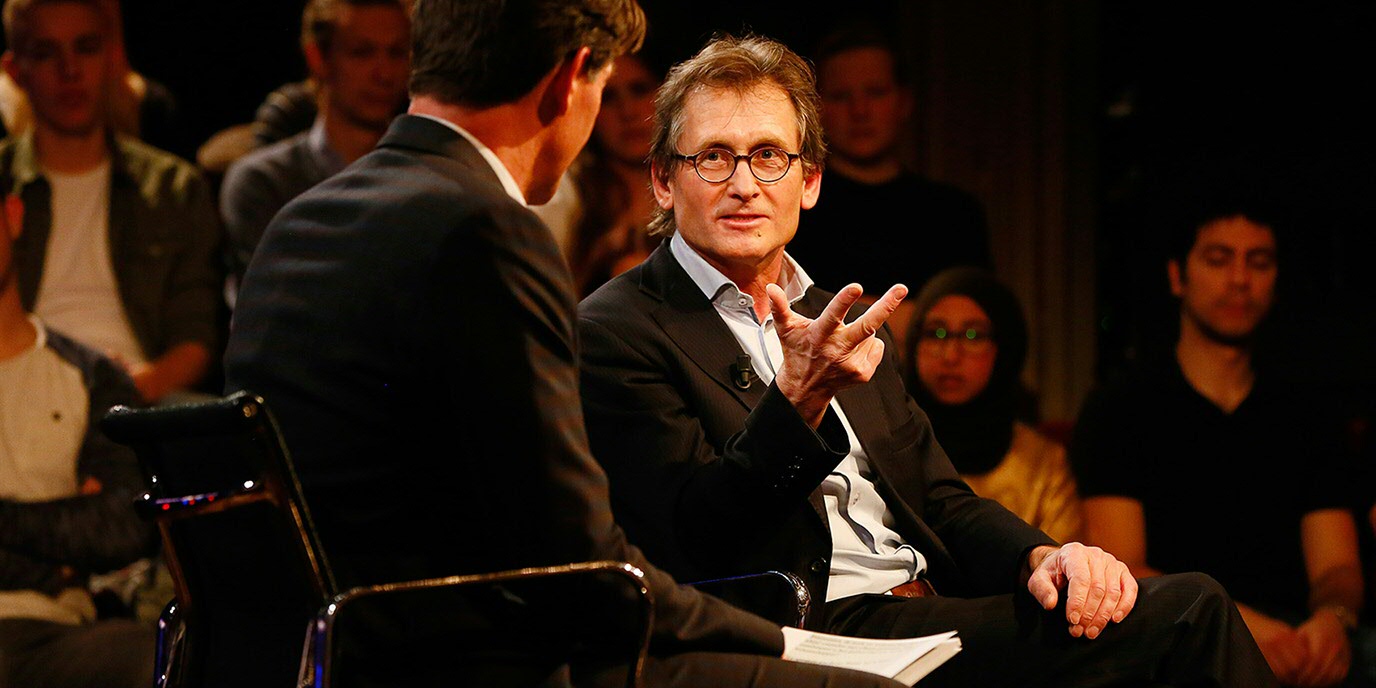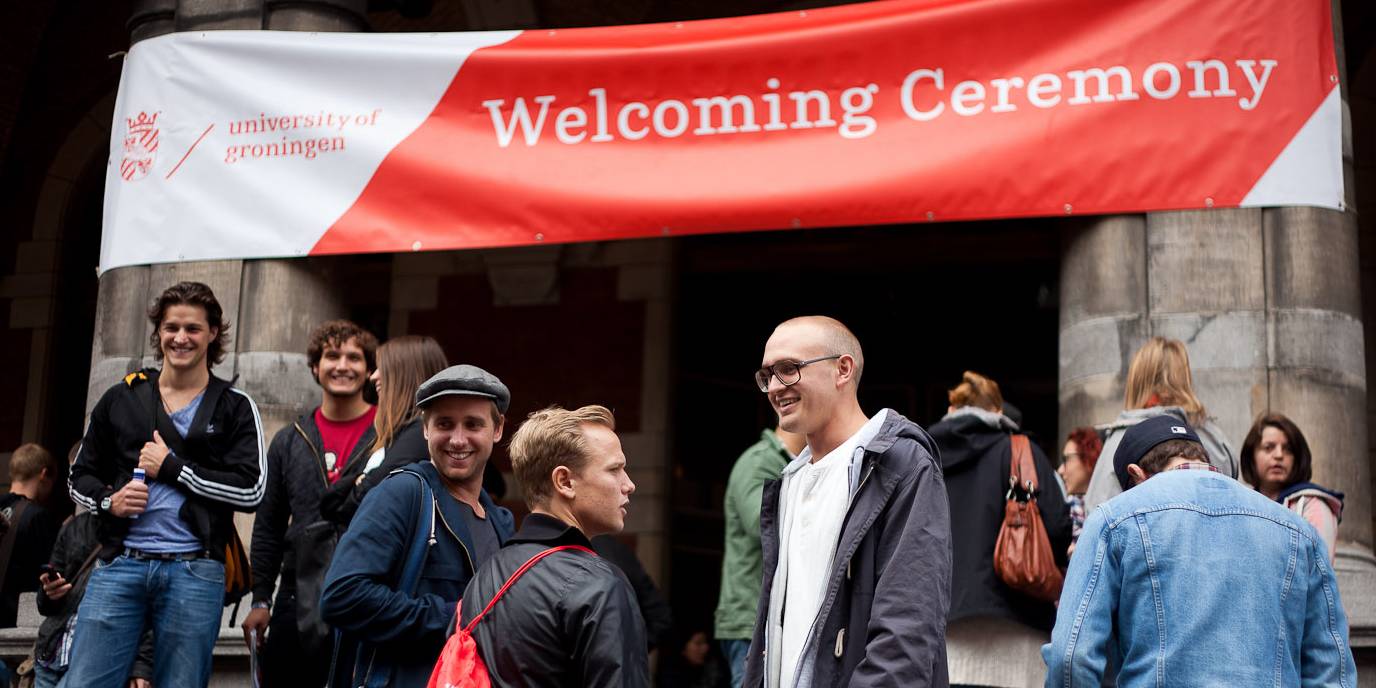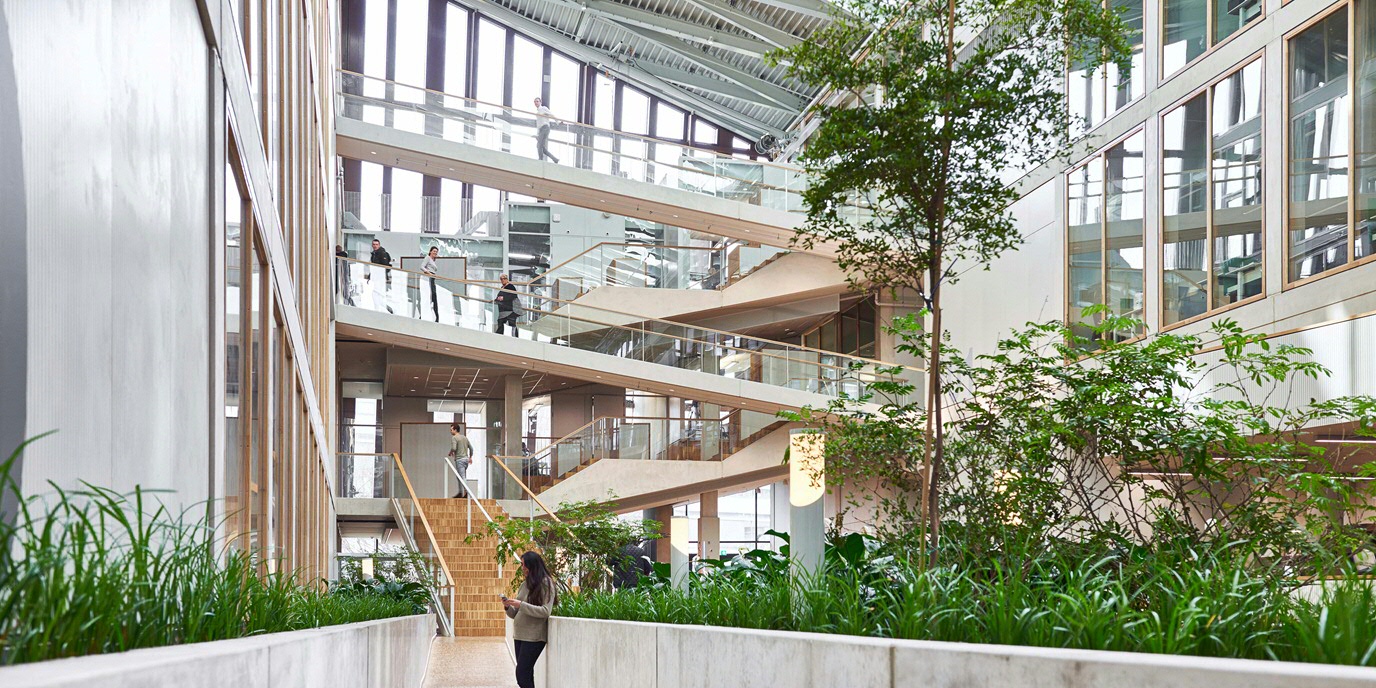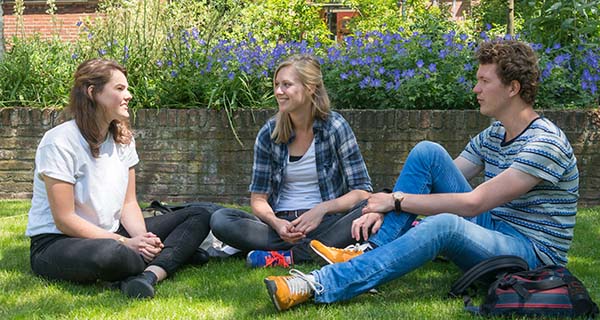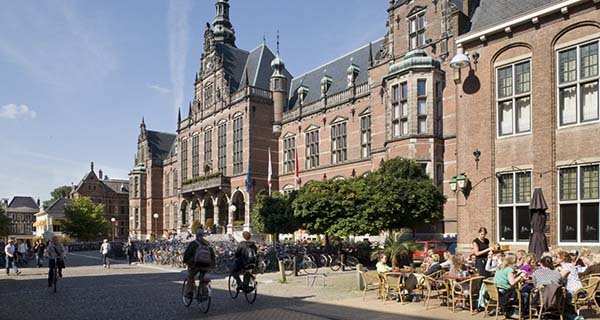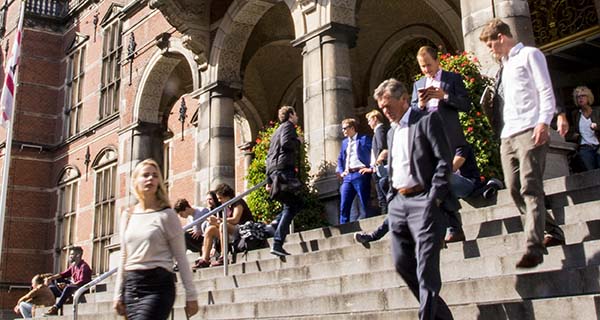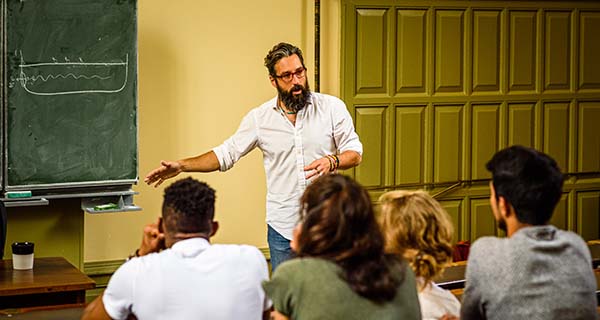Over ons
De Rijksuniversiteit Groningen is een internationale universiteit, met aandacht voor alle takken van wetenschap en techniek. De RUG is stevig geworteld in Noord-Nederland en uitgegroeid tot een open academische gemeenschap. Met ons onderwijs en onderzoek werken we aan de ontwikkeling van talent en een betere, duurzame samenleving, met speciale aandacht voor de onderzoeks-gebieden Energie en klimaat, Publieke gezondheid, Duurzame ontwikkeling en Digitalisering en AI.

